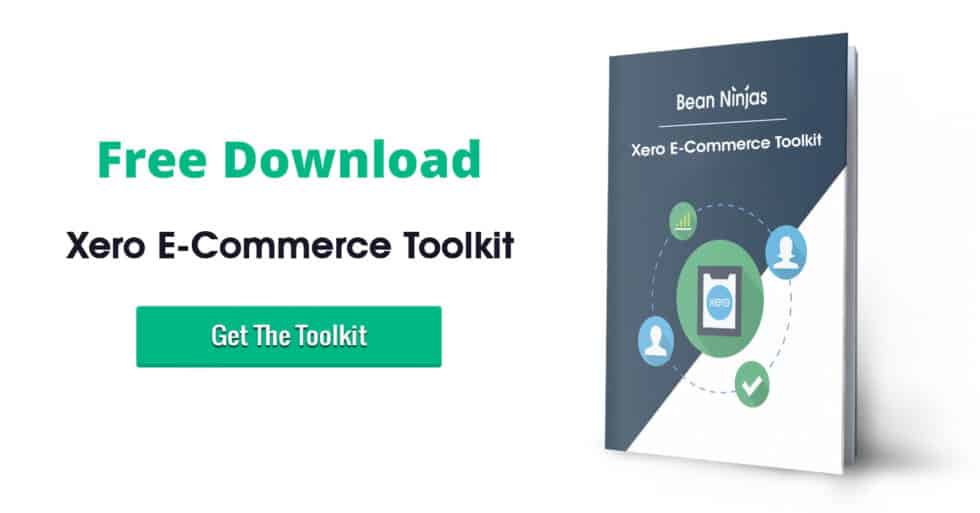Learn 5 actionable financial planning strategies to prepare and thrive this holiday season
Every year, the holiday shopping season has been getting longer.
Will this trend continue in 2020?
Some eCommerce experts think the holiday season is already underway, with the kickoff being Amazon’s Prime Day, which happened on October 13-14. Others think it will start the week after Halloween.
Regardless with many eCommerce sellers seeing record sales so far this year, a longer holiday shopping season, and the pandemic enters
its 3rd wave in the U.S., you can expect more people are doing all – or most – of their holiday shopping online.
This is largely good news for 6 and 7-figure eCommerce businesses as you have more time to market and build buzz around your products instead of having to fight for attention simply on Black Friday and Cyber Monday.
In this post, we’re going to share five financial strategies to put you in the best possible position during and after the busy holiday season.
- 1. Keep your bookkeeping up to date
- 2. Create holiday cash flow forecasts
- 3. Create a holiday inventory management strategy
- 4. Plan for higher online advertising costs
- 5. Start your holiday promotions earlier
Article Contents
1. Keep your bookkeeping up to date
Let’s face it – when sales are rolling in, and you are slammed with running ads, order fulfillment, supply chain logistics, and customer service, it is easy for your books to be put on the backbone.
However, this is a big mistake.
From overspending on ads to spending too much on fulfilling each order, this can erode your business’s profitability. You can find yourself with major cash flow problems.
One way to avoid this pesky problem is to set a reminder to close out your books each month. If you are too busy to do it yourself, this is where hiring a bookkeeper – ideally one like Bean Ninjas that specializes in eCommerce – can be a benefit.
Plus, when you have up-to-date books, you can make informed data-driven decisions and run cash flow forecasts to fuel your business’s growth.
Pro Tip: Not sure what financial metrics you should be tracking? We recommend monitoring these four key eCommerce reports at least monthly – if not weekly.
2. Create holiday cash flow forecasts
What if you had psychic powers and could predict the future? While sadly, we can’t predict the future, creating cash flow forecasts helps us to better plan for the future.
Cash flow forecasting allows you to see your cash inflows, outflows, and current cash position and then map out different scenarios from best case to worst case.
For example, in Q4 2020, you can create a cash flow forecast that takes into account how you did in 2019 Q4 alongside general data on how you fared so far during the pandemic.
However, this only works if you are using accurate data.
3. Create a holiday inventory management strategy
When you have accurate books and cash flow forecasts in place, this can help with inventory management.
Alongside cash flow problems, Inventory mismanagement is the other big reason why businesses close shop.
You need to strike a delicate balance between having enough inventory to handle demand – and any unexpected surges – but not so much that you wind up with tons of inventory shrinkage sitting in a warehouse somewhere.
Pro Tip: Looking for more tips around holiday inventory planning? Check out our guide.
4. Plan for higher online advertising costs

One thing that’s unique about this year is that ad costs and competition will be higher if you rely on Amazon, Google, and/or Facebook ads.
The reason is simple. Many bigger brands pulled back on spending at the start of the pandemic. Now, they have unused budgets that they have to spend before the end of the year. Many will plow it until PPC and paid social ads.
5. Start your holiday promotions earlier
The best time to run a holiday promotional campaign was yesterday. The next best time is today.
This is one way to combat the higher ad costs and stand out – especially since doorbuster deals at brick and mortar retail on Black Friday are expected to be a lot tamer than usual.
In a global pandemic, one of the last places most people will want to be is jammed elbow-to-elbow in a store fighting for that deeply discounted TV or crockpot.
Not to mention, most big brands don’t want the liability and bad PR of a COVID-19 outbreak starting in their store because of a Black Friday doorbuster deal.
This means the doorbuster deals will happen online this year – not in stores. With more emails and ads flying your way on the last week/weekend in November, the chances of your promotion standing out get a lot smaller.
Pro Tip: As you create your promotions, make sure to run the numbers to ensure it will be a profitable campaign.
***
In sum, these are five things you can do to improve the financial health and cash position of your eCommerce business.
Want to improve your cash flow and get more confident with your numbers? Learn how to use Xero effectively for your e-commerce business with our free Xero toolkit. This includes our step-by-step guide to getting your Xero file in order, a Cashflow Forecast Template, and a Bookkeeping timetable template to help you stay on top of your finances & get current reporting. Download now.





